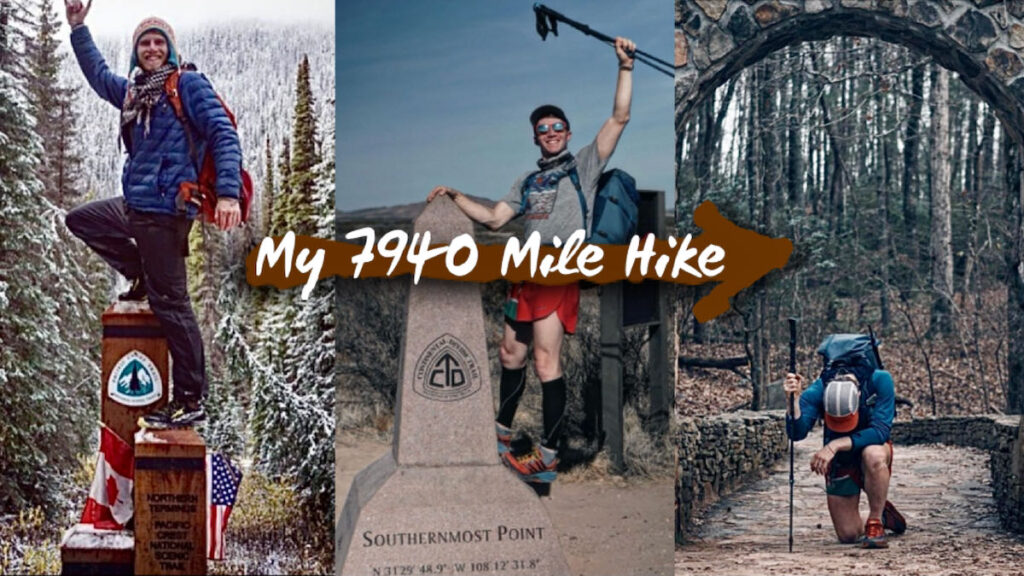A CONVERSATION WITH TRIPLE CROWN HIKER CHRIS CARTER
Hiking is one of those outdoor activities that many people can do. The occasional casual hiker doesn’t really need a lot of gear, much planning or a dynamic location. You could probably take a walk barefoot now right where you are. With just a bit more effort you can slip into some supportive shoes, grab a water bottle and plan to join a friend for an easy 2-hour short distance walk in a nearby green space or park.
But, if you want to do a through-hike on one of the United States’ 3 major national scenic trails then you’re going to need to invest some money and time, do some serious planning and hopefully prepare yourself the best you can for a truly transformative once-in-a-lifetime experience. Beyond that? Well that’s where you’d hang out with Chris Carter and the growing number of hikers who have done the Triple Crown.
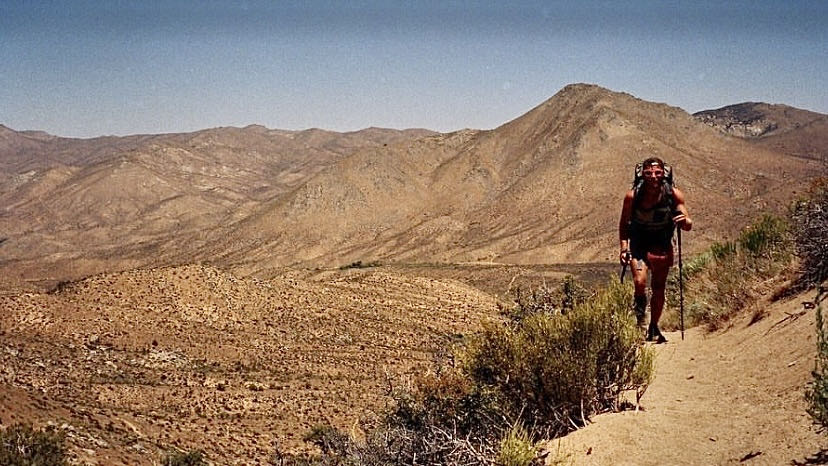
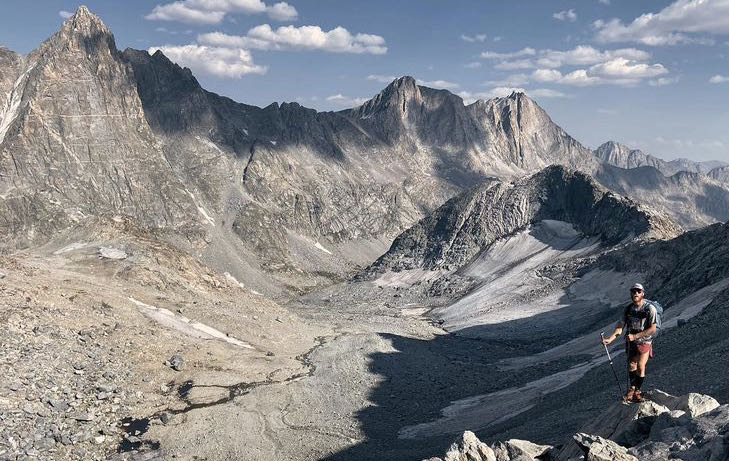
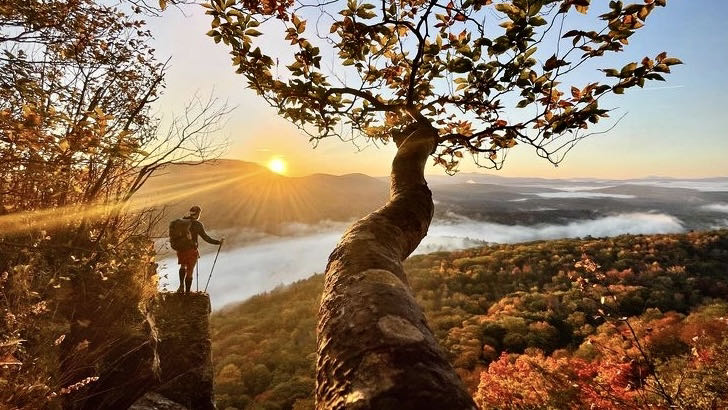
Julia Clarke in her article, the Triple Crown of hiking: long distance walking’s highest honor, offers up some staggering and interesting statistics:
- The distance and height of all 3 trails is significant – Appalachian Trail at 2200 miles with 515,000 feet of elevation gain, Pacific Crest Trail at 2650 miles with 315,000 feet of elevation gain and the Continental Divide Trail (the longest and highest AND thus the most difficult) at 3000 miles with 917,000 feet of elevation gain. That is almost 8000 miles total between the 3 trails.
- The “Triple Crown” recognition (based on an honor system) is made by the American Long Distance Hiking Association – West.
- The number of people completing all 3 hikes has grown from just 5 in 1994 when the Triple Crown was first conceived to 41 in 2020.
- There is no time limit. A rare few have done all 3 in 1 year while others do segments over years of time.
- Some hikers have gone through 12 pair of shoes.
Here’s one additional statistic (or better said observation) from Shout! OUTDOOR LIFESTYLE MAGAZINE: the term gnarly is often used when describing Triple Crown experiences. So, if you’re going to pursue the Triple Crown you need to fully understand and appreciate the definition of gnarly: Excellent, remarkable and wonderful but also very difficult or challenging, hard, twisted, thorny and rough with no protection from bad weather. In other words it may be the most amazingly spiritual but simultaneously demanding and depleting thing you’ve ever done.
Here’s Chris’s story and how his desire to do the Triple Crown has fueled a lifestyle he never could have imagined. A lifestyle that strengthens people and draws them closer to God.
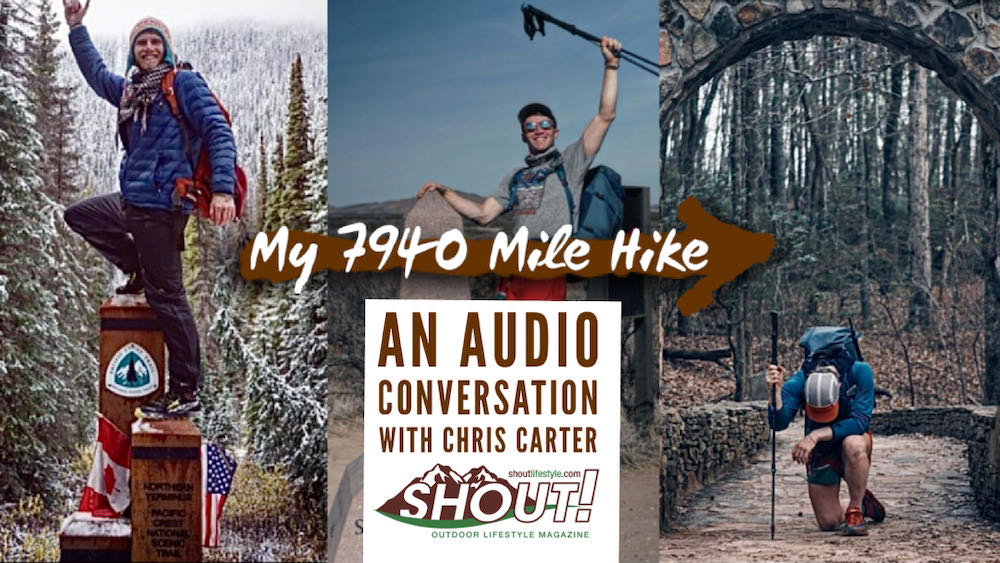
HOW TO LET YOUR MIND STRAY TOWARD GOD
When you first start to do a hike like this Chris says that the rigors of daily through-hiking (in 1 eight-month season he averaged 28 miles per day) are extremely demanding physically and mentally. He shares, “I’ve tried to train myself to focus on the Lord even in the hard times.” He finds that the physical rhythm of extreme distance actually contributes to, as he says, “That’s when my mind is able to really stray toward the Lord and focus.”
Through that focus he sees beyond the grand wide open scenery to what he calls the micro-landscape. He sees the intricate detail God has made in things like tiny mushrooms and moss – all the small things that give testament to the limitless magnificence of a big yet detailed and loving God.
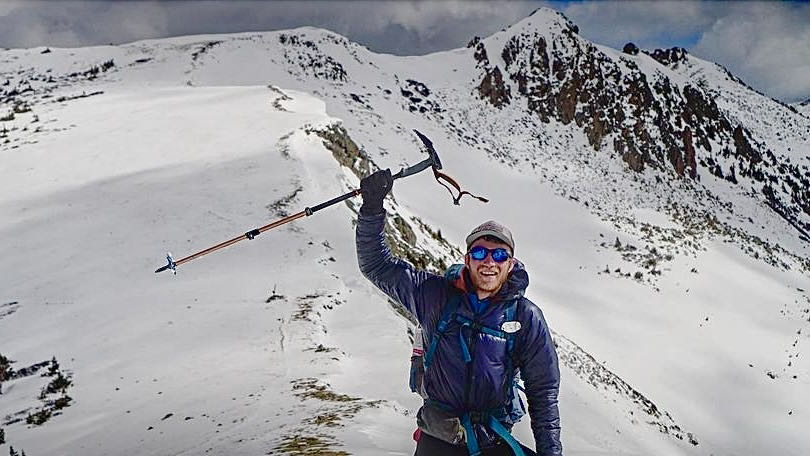
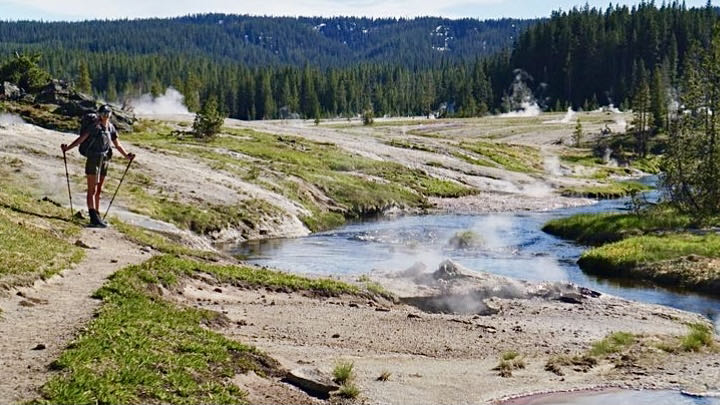
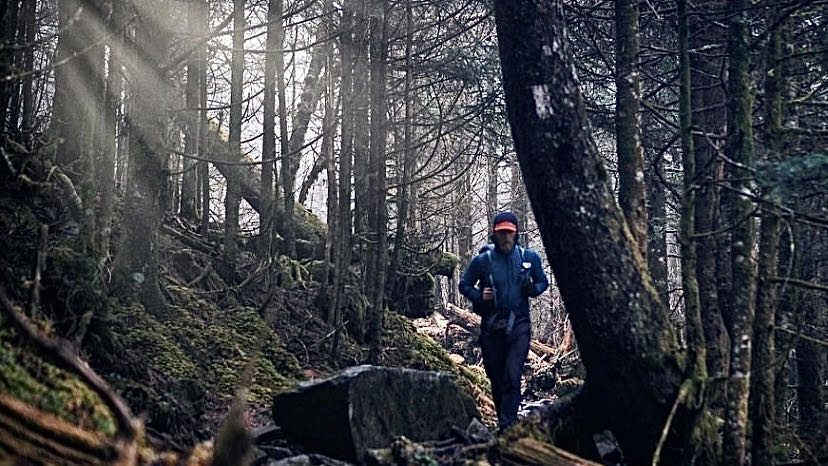
From snow to steam to a refreshing morning fog the presence of God’s spirit takes many forms. Chris says the opportunity for the hiker is to, “Train your mind to see the beauty in the micro as well as the macro and focus on the Lord more holistically throughout the trip.”
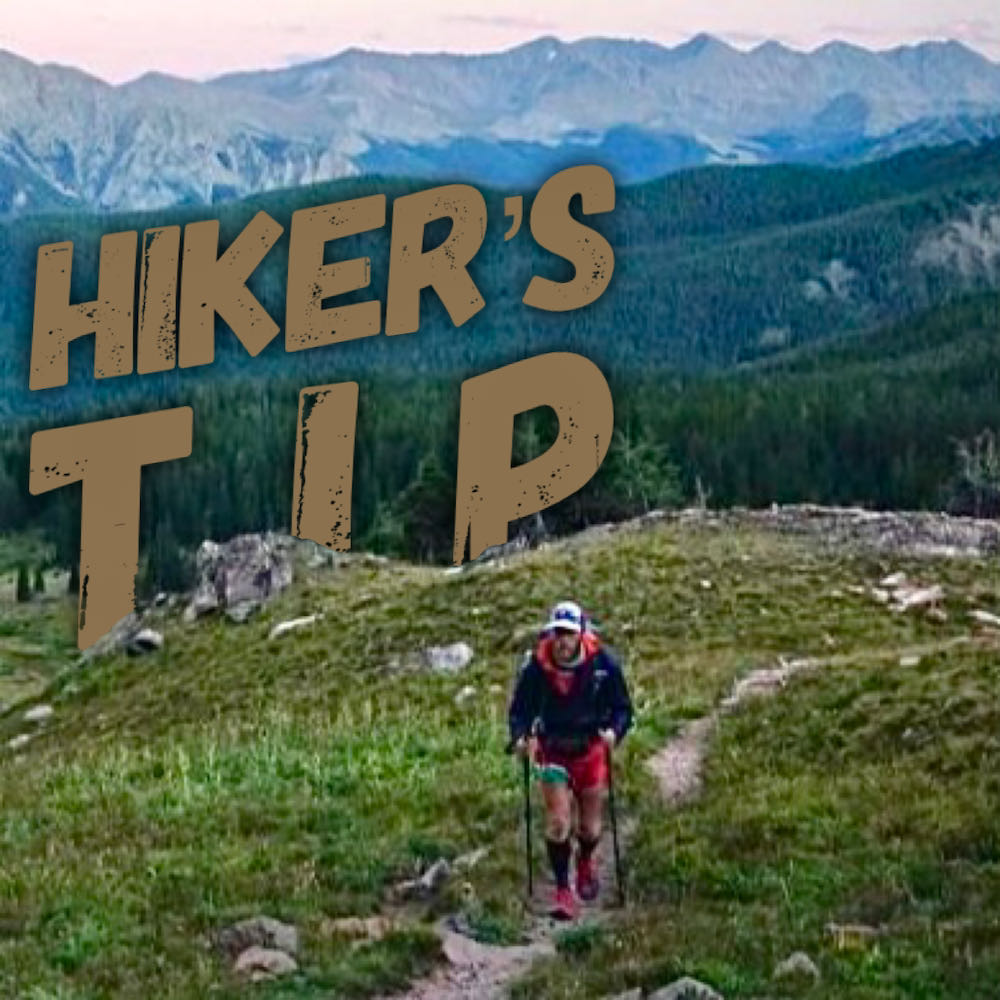
Packing lightly doesn’t mean you can’t have all the big spiritual tools you need. Chris regularly accesses the Bible, podcasts along with praise and worship music – all on his phone. One of his most memorable moments was worshiping God in the Wind River Range.
HIKING ALONE AND EXPERIENCING FRIENDSHIP WITH GOD
There’s nothing quite like through-hiking to help you really understand both your strengths and weaknesses. For most of the Continental Divide Trail Chris was alone. He pushed himself, emotionally, physically and spiritually. He had to depend on God for many things especially “community”.
The Bible recounts a time Christ was alone in the wilderness and tested. That story concludes by noting that angels came and ministered to Jesus.What’s it like to truly be alone and in the presence of God’s Spirit? Chris describes it this way, “I didn’t have anyone to talk to. So, we [God and Chris] had conversations all day. It was cool to learn more about the friendship side of my relationship with the Lord and how He desires our friendship. He wants to have that relationship with us.”

Don’t compare your hike to others. You don’t have to do the dramatic ‘most insane’ hike.
Chris says anytime you get outside even when you do simple hikes, that can and should be celebrated as an act of worshiping God.
Use COMMENTS below to share with our community about your worship and friendship experiences with God outdoors.
GOD CAN USE YOU OUTDOORS TO ENTER INTO RELATIONSHIP WITH OTHERS
Chris discusses (at about 17:48 in the video conversation above) a really important perspective to making your outdoor lifestyle Christ-centered. Watch and listen to his words a couple of times and pay close attention to the full perspective of what he shares. The model is not one of being casual, passive or shy. The popularized concept of doing a “random act of kindness” shifts encounters with others from being intentionally orchestrated by God to being your own self-driven action.
The relationships God desires for you to have with others doesn’t leave them wondering, dissatisfied, unchanged and longing for more. God wants to use you to be prayerful and intentional in the moment. God wants you to be fully prepared to respond to the spiritual searching and prompting happening within them. People can sense the Spirit of God. When they feel it they know it’s something different.
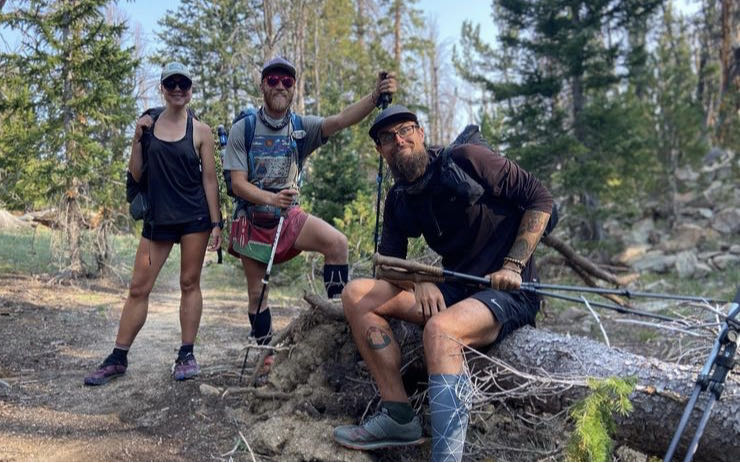
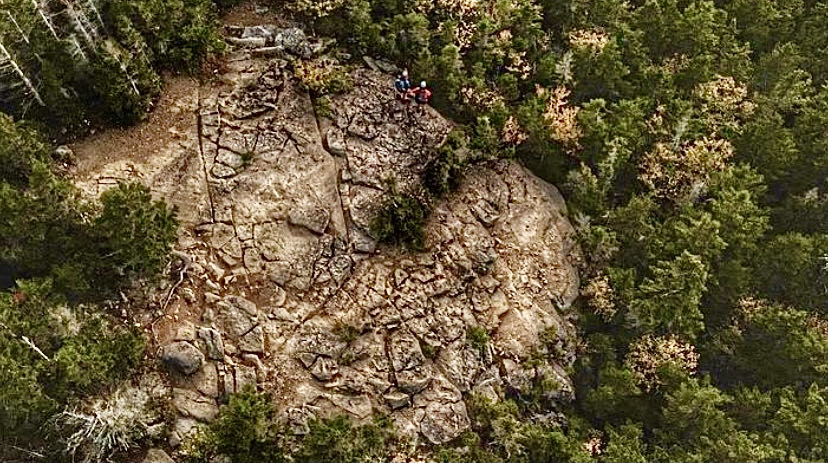
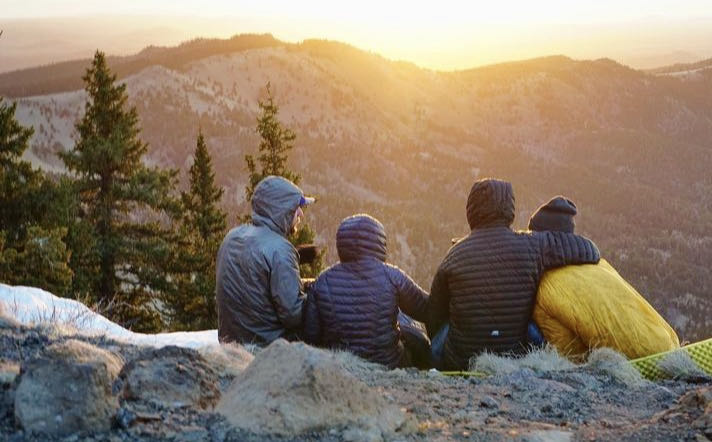
Chris still connects with those he’s met on the trail. He says, “Just the other day I had a call from a good friend from the PCT. We talked for an hour.” He has experienced first hand that the way to people’s hearts in the outdoor community is through relational evangelism. That’s not just a term you should be able to define it is a lifestyle you need to develop, master and be skilled in credibly living.
The website EvangelismCoach.org offers some real clear advice on what relational evangelism is, how to practice it and what makes it an effective way for others to discover Christ. This goes beyond earning the right to be heard. It says, “Relational evangelism values the context of the conversation as well as the content of the gospel.” It notes that:
Relational evangelism recognizes that a person needs time
- to count the cost,
- to evaluate,
- to think, and
- to get answers to their burning questions.



